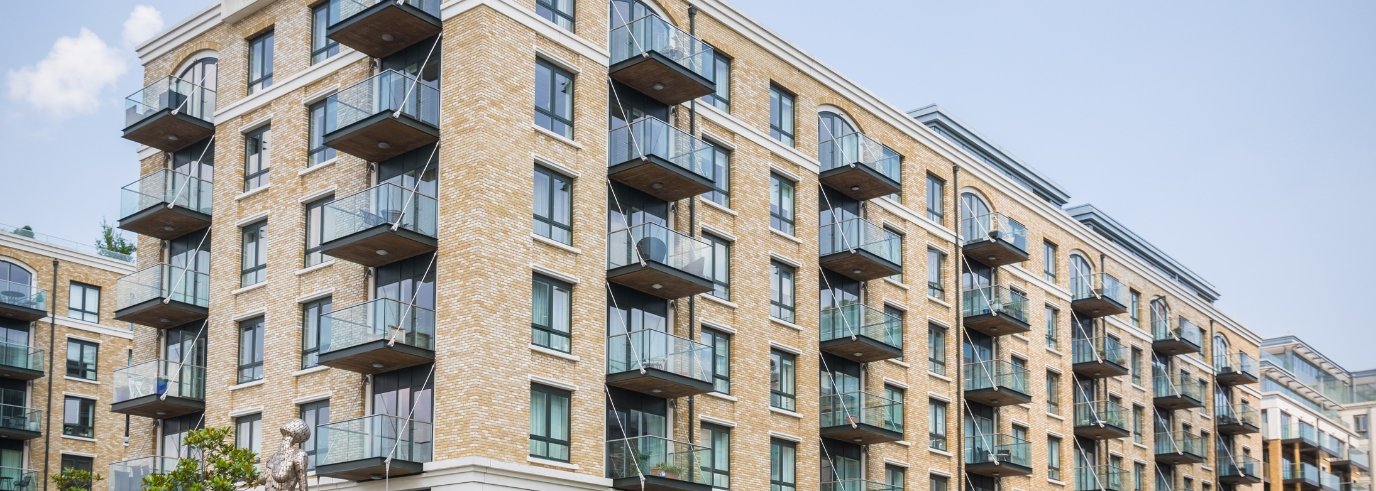
Building a sustainable future
Building new offers much more scope to build greener.
31 March, 2023
The cost of retrofitting an old home can be prohibitive even if you can find the right people to undertake the work at a reasonable price. There are a lot of reasons to think long and hard about the energy efficiency of the property you buy and what might need to be done to improve it, which is making the prospect of new build property that much more attractive to many buyers.
Sustainable housing has been an aspiration of government for a long time. Delivering greener properties remains a work in progress – in particular because the mandate includes the construction process as well as the performance of the finished article, but for home owners interest in a property’s energy performance is increasing. Energy Performance Certificates, for all their limitations, now accompany every house sale and may in due course impact our ideas about property value.
The benefits of building greener are coming into sharper focus in part because the cost-of-living crisis has increased our awareness of the cost of energy and our hotter drier summers and wetter winters are making demands of property that were not a consideration in the past. Heating and cooling our houses is an important part of a property’s running cost.
In October last year the Home Builders Federation released a report that showed twenty-five per cent of buyers already include energy efficiency as a key consideration when purchasing a house. The research, based on Energy Performance Certificate data, found that buyers of a new build house will save on average around £2,600 a year in energy bills. The report entitled ‘Watt a Save’ showed too that in total, last year’s new build purchasers are saving more than £500m on annual energy bills, with new build homes emitting a third of the carbon of an older property, reducing carbon emissions by over 500,000 tonnes per year.

It doesn’t stop there. Mortgage lenders too are looking at how they can actively support buyers that make energy efficient and money-saving purchases by factoring energy bill savings into mortgage calculations.
In January 2022, the government announced all homes and businesses will have to meet rigorous new energy efficiency standards to lower energy consumption and bills. In its response to a consultation on the Future Homes Standard, the government set out plans to radically improve the energy performance of new homes. All homes will need to be highly energy efficient, with low carbon heating and be zero carbon ready by 2025. These homes are expected to produce 75-80% lower carbon emissions compared to current levels.
Sustainable new homes are an efficient way of guaranteeing some upgrades in terms of energy performance that older properties may struggle to deliver.
As recently as February 2023, The Mayor of London, Sadiq Khan, announced new rules to ensure that major new developments in the city help to clean up the Capital’s air. Large-scale developments and masterplans must now improve air quality, with developers being required to consider air quality at every stage of the design process. New guidance will reduce the use of wood and solid fuel burners in new developments and builds are underway with the guidance adopted in a TfL development in Wembley Park.
So why all the focus on energy efficiency in housing? In 2021, the National Housing Federation, voice of England’s housing associations, released a report that showed England’s homes produce more carbon emissions every year than is produced by all of the country’s cars. Their research calculated for the first time that England’s 25 million homes – which produce 58.5 million tonnes of CO2 every year. There are 27 million cars in use in England, emitting 56 million tonnes of CO2 annually. The primary culprits were the emissions from homes which are so high due to a combination of gas central heating and poor insulation, meaning heat easily leaks out of homes which then require even more gas to keep them warm enough.
Marc Faure runs KFH’s Land and New Homes division which provides expert knowledge and advice to landowners, property developers, investors and private individuals from the planning to the sale of a new development. He is clear about the case for greener new build.
“Sustainable new homes are an efficient way of guaranteeing some upgrades in terms of energy performance that older properties may struggle to deliver. Owning a new build home comes with other benefits too, from the freedom to design elements of your home (or select fittings for example) as you please, to the long-lasting durability of the building materials.
“These kind of properties are designed and constructed in a way that minimises their impact on the environment and maximises their efficiency and durability. They are built using environmentally-friendly materials, energy-efficient technologies, and sustainable design principles to reduce energy consumption, waste, and carbon emissions.”
Sustainable housing is a work in progress and there are many moving parts.
Of course, not all new builds are the same specification in this respect and the industry is not always progressing at the same pace. Indeed there is evidence that many buyers are still not putting sustainability at the heart of their buying decisions. The size and type of development, planning issues, construction type and even business models of developers can enhance or constrain the delivery of environmentally conscious housing.
But the advent of new build technologies and demand for reduced carbon housing means it is inevitable that the way we build and how we build will change. As factories produce many of the components that go into our houses and flats (such as bathroom pods) new materials and installation process will increasingly offer green benefits. New build homes may also use materials that are more environmentally-friendly, such as sustainably harvested wood, recycled steel, or low-impact concrete, all of which will reduce the footprint of the property as it is built and help as it is lived in because durable building materials need less maintenance.
In summary of what we might expect in this market, Marc says, “Sustainable housing is a work in progress and there are many moving parts. As technologies improve and political impetus grows there will be an ever greater expectation that the new build homes of the future address some of the energy issues we face now. New build homes will continue to evolve to deliver a more sustainable future.”
Energy efficient heating
As the cost of energy soars, new builds are expected to consume much less energy than the average home. New builds may use ground-source heat pumps or air-source heat pumps, to reduce energy consumption and emissions. Many new builds also draw on renewable energy sources while keeping emissions very low. This means lower energy bills. Energy-efficient insulation matters too. To reduce energy consumption and costs, sustainable new build homes may use insulation made from recycled or natural materials.
Energy efficient lighting
New builds also use energy-efficient light fixtures. High-efficiency compact fluorescent lights (CFL) can bring light to your home without using huge amounts of energy. For example, CFL lights use up to 75% less energy than the average lamp, which hugely reduces the impact it has on the environment. Many developers and investors, who are at the sharp end of energy efficiency regulations at the moment, have installed features like these to manage costs as well as sensors to detect when rooms are unoccupied so lights automatically switch off.
Solar panels
Some new builds come installed with solar panels that convert the energy of the sun into electricity to power the home and can significantly reduce energy bills and have relatively low maintenance costs.
Triple glazing and thermal windows
Not so long ago, double glazing was considered the premier choice of window for any property, but today’s thermal windows transform light into a source of energy in its own right and are up to 4 times more efficient than older single glass windows. As a result home-owners can expect heating bills to drop significantly.
Homes use double and triple glazing to control temperature and noise pollution. Sustainable new build homes may incorporate natural ventilation systems, to improve indoor air quality.
Water-efficiency
Some new homes can reduce the amount of water that is used, with features like flow control and low-flow taps and toilets, and employ technology to harvest rain water and re-use ‘grey water’ (water that is reused and purified before being used for washing machines etc to reduce water consumption and costs).

Get in touch with London's new homes experts
Speak to the team today to discuss your requirements.